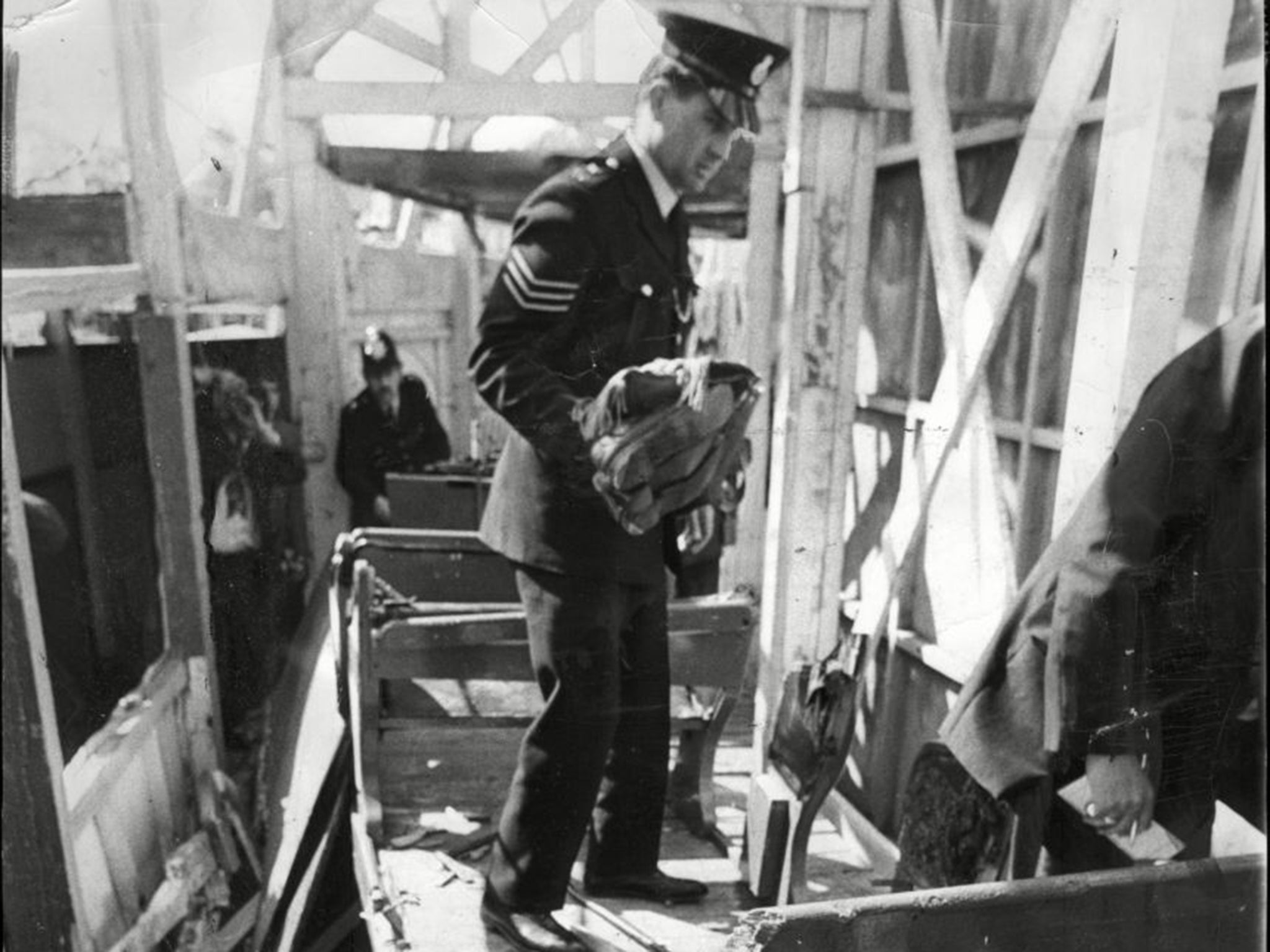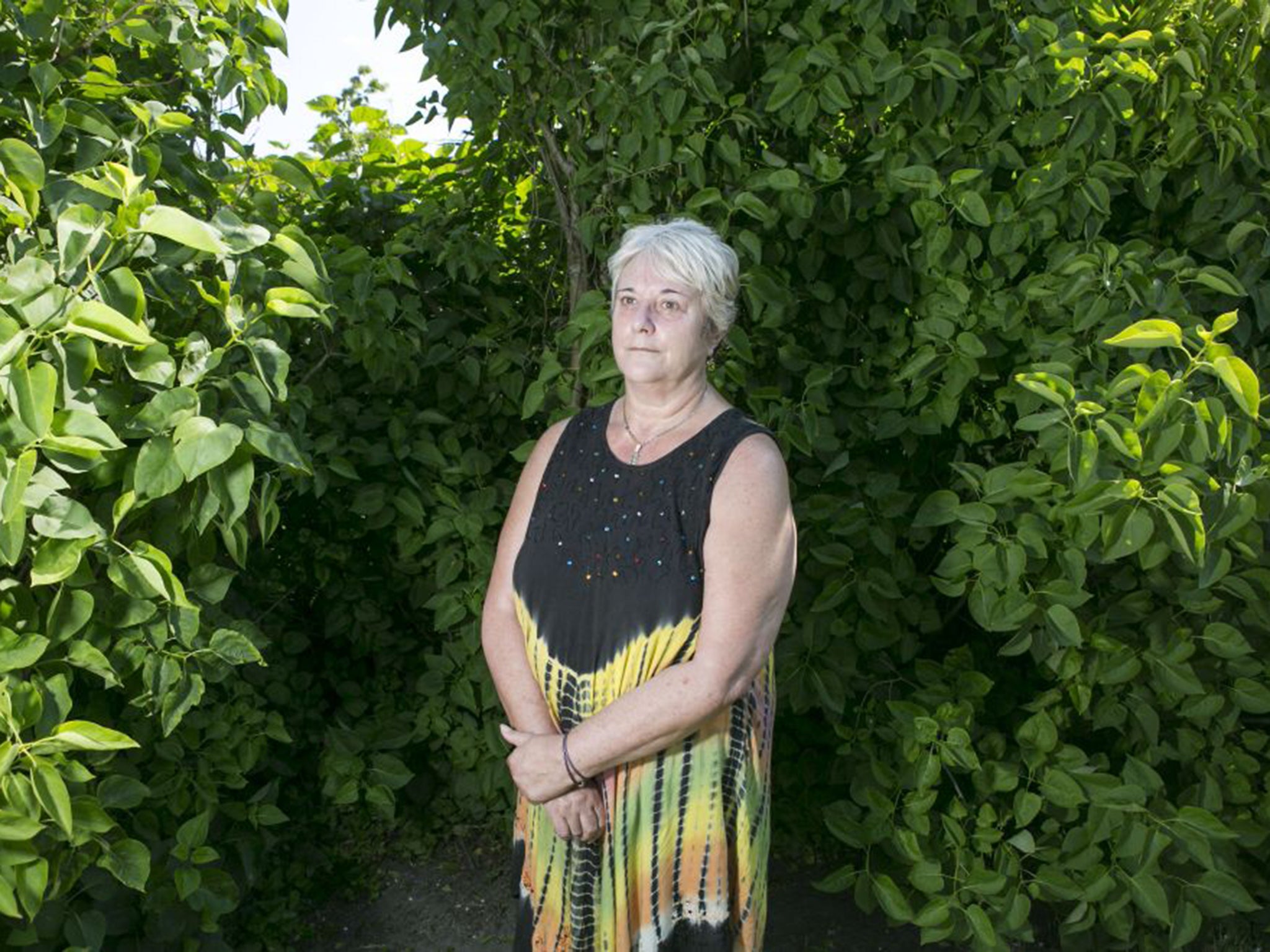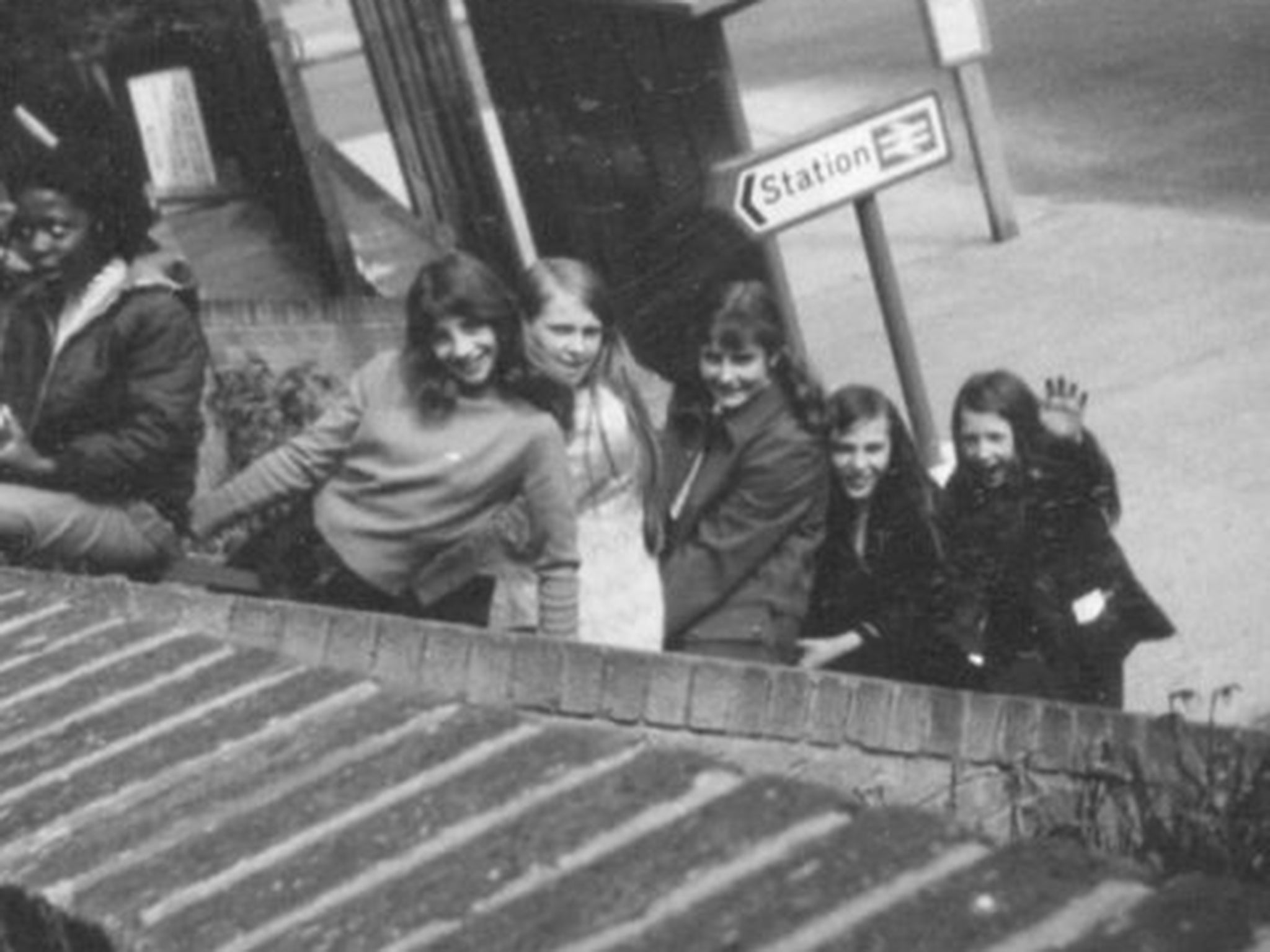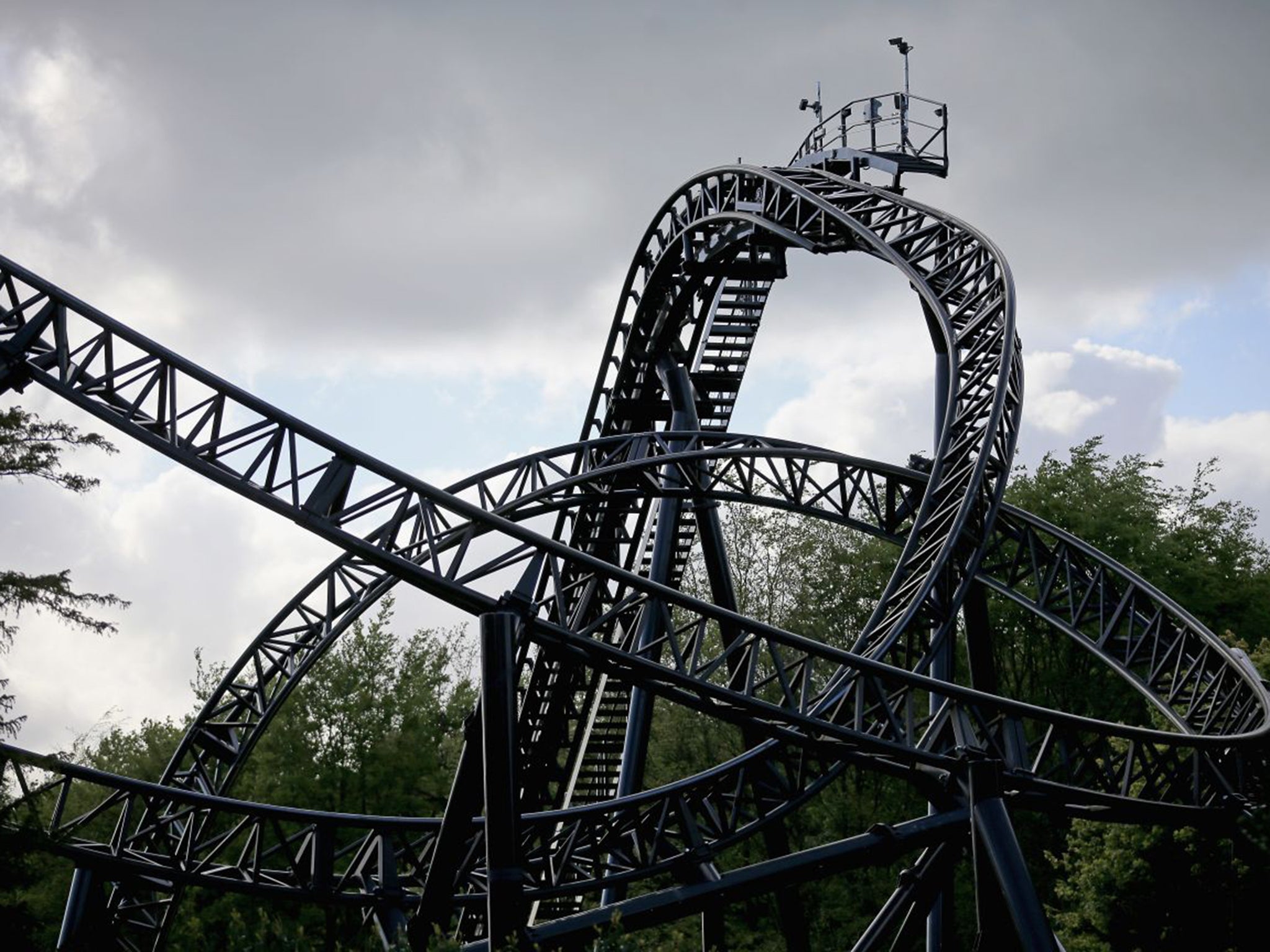Battersea Park big dipper disaster in 1972: The funfair tragedy the nation forgot
... except for those on the ride, five died, and the survivors suffer still - Jamie Merrill meets one

The look of terror on the face of the young girl before she fell to her death will forever remain ingrained on Carolyn Adamczyk’s memory.
The little girl, who had sat next to her, was one of five children killed in the Battersea Park big dipper disaster in 1972 – the worst rollercoaster tragedy in history. Forty-three years later she can’t erase the image of the pool of blood below the tracks.
Carolyn was a 14-year-old schoolgirl when the big dipper ride in south London malfunctioned, killing five young children. She was lucky to escape. But while the disaster eventually faded from public consciousness, the memories, which left her suffering from post-traumatic stress disorder (PTSD), flooded back last week after she saw the television footage of the scene at Alton Towers theme park, where a rollercoaster accident injured 16 people, four seriously.

Carolyn, now 57, who lives in Eastbourne, said: “It was half-term and I was 14. The funny thing was that my friends and I lived in Hackney and actually wanted to go to the fun fair at Walthamstow [in north-east London] but it was closed, so we made a beeline for the big dipper in Battersea, which was the most exciting ride around at the time.”
She had travelled south of the Thames with five friends, all of whom she says were in “high spirits” and made straight for the big dipper. The ride, which dated back to 1951 when the park was established during the Festival of Britain, was the London Eye of its day, attracting long, snaking queues of people paying 15p each to ride the “thrill-a-minute joy-ride where you pay to be scared”.
A day of laughter and delighted screams turned to one of terror. With 31 people on board, including Carolyn and her five friends, high above the park the three-car wooden train suddenly detached from the steel drive train holding it on the wooden track.
The train then slipped backwards, hit a tight turn, and the last carriage derailed.
“As soon as we started shooting backwards everything went into slow motion,” recalls Carolyn. “I turned around and saw the brake man desperately trying to put the brake on but it wasn’t working. Most of the carriages didn’t go around the bend, one detached and went off the side through a wooden hoarding. People were groaning and hanging over the edge. It was awful.”
Immediately after the accident she became stranded on a relatively undamaged carriage 15 metres up in the air with her friends and another young girl next to her.

“This girl screamed that she wanted to get off, but she leant on a wooden barrier and it collapsed. I tried to grab for her, but I saw her fall to the ground in front of me,” she said. “I told everyone to stay where they were as I tried to find a way down, but I realised as I was walking down that I was walking on blood.
“I looked up, and next to the carriage people were hanging out over the tracks. There was blood everywhere.”
Carolyn’s friend Sheila Brennan, 57, who was with her on the ride that day, says the experience was incredibly traumatic for all the girls, especially because, in many ways, the disaster was left unresolved.
She said: “I don’t recall being interviewed and I certainly don’t remember the manslaughter trial that followed. We were just 14-year-old girls. I know the police weighed Carolyn’s clothes to see if the rollercoaster was over weight, but nobody spoke to me. They didn’t even know I was there. We just gave an interview to the Daily Mail then went home. That was it.”
Last week, Merlin Entertainments, the owners of Alton Towers, which will remain closed this weekend after the accident prompted the Health and Safety Executive to serve a prohibition notice on the ride, said that the victims of the accident on 2 June would “want for nothing”.
But in 1972 none of the girls was offered counselling. Carolyn admits that she was hit hard, and eventually had a nervous breakdown in 2005, when she was diagnosed with PTSD. She said there was no counselling and no offer of help, other than being told to “have a cup of tea and get on with it.”

For her part, Sheila, who now lives in Australia but keeps in regular contact with Carolyn, says she often thinks about how two boys barged past the girls to sit at the back of the ride, where the biggest thrills were to be had. “That probably saved our lives,” she said. “As we decided to sit near the front instead, where the accident wasn’t as bad.”
Both women are dismayed that the accident has been all but forgotten. It doesn’t even merit its own Wikipedia entry.
At the time, the Daily Mail reported that “all the fun of the fair had ended in disaster”, but nobody was ever successfully prosecuted over the failure of the ride. “It really has been forgotten,” said Carolyn. “It has changed all of our lives and still haunts us all these years later.”
Join our commenting forum
Join thought-provoking conversations, follow other Independent readers and see their replies
Comments